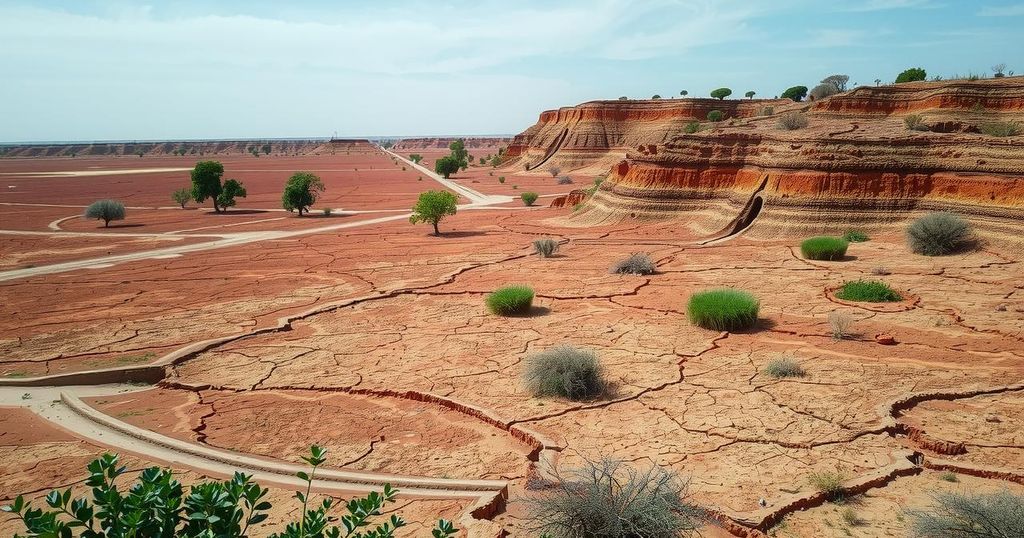Kenya Faces Severe Drought: A Call for Global Action and Support

Kenya is experiencing its worst drought in 40 years, affecting millions with water and food shortages. Climate change has intensified conditions in arid regions, leading to unprecedented challenges. At COP29, Kenya sought greater financial aid from developed countries to address these issues, with the Baku Climate Unity Pact laying out global support strategies. The effectiveness of this global commitment will hinge on actionable results.
Drought conditions in Kenya have escalated to alarming levels, marking the most severe water crisis the nation has faced in the past four decades. Millions of individuals are now grappling with severe water shortages and food insecurity. This situation, which once displayed predictable seasonal patterns, has intensified in frequency and severity, causing dire consequences for communities in arid and semi-arid regions, where livelihoods rely heavily on agriculture and livestock.
The United Nations reports that access to safe water has significantly diminished, with rivers, lakes, and aquifers depleting rapidly. In northern Kenya, for instance, women and children endure long treks to obtain contaminated water from underground sources, exposing them to potential health risks including infections and diseases. In light of this worsening crisis, Kenya has appealed for increased financial support from developed nations to facilitate adaptation solutions at the recent UN Climate Change Conference (COP29) held in Baku, Azerbaijan.
At this conference, the “Baku Climate Unity Pact” emerged, offering new financial commitments aimed at assisting vulnerable countries that are disproportionately impacted by climate change, such as Kenya. This pact outlines a strategic roadmap for bolstering global climate adaptation efforts, recognizing that those nations most affected often contribute minimally to greenhouse gas emissions. While the outcomes of COP29 signal meaningful global intent to aid at-risk countries, the pressing challenge remains to translate these commitments into actionable measures that effectively mitigate drought and climate change impacts on Kenya and similarly affected regions.
The longstanding history of drought in Kenya has undergone significant changes in recent years, transitioning from cyclical patterns to an unpredictable escalation of drought incidents. The increasing frequency and severity of climate-related crises have drastically altered living conditions for countless Kenyans, particularly those dependent on sustainable agricultural and livestock practices. As governments and international bodies recognize the inherent challenges faced by these communities, initiatives like the UN Climate Change Conference serve as platforms for generating critical support and adaptable solutions.
In conclusion, Kenya’s current drought crisis represents an unprecedented challenge, with millions of its citizens facing severe water scarcity and food shortages. The recent COP29 conference indicates global unity and financial commitments to support vulnerable nations. However, the effectiveness of such initiatives will largely depend on the ability to transform pledges into tangible actions that can alleviate drought and its associated consequences for the Kenyan population and beyond.
Original Source: www.aljazeera.com






